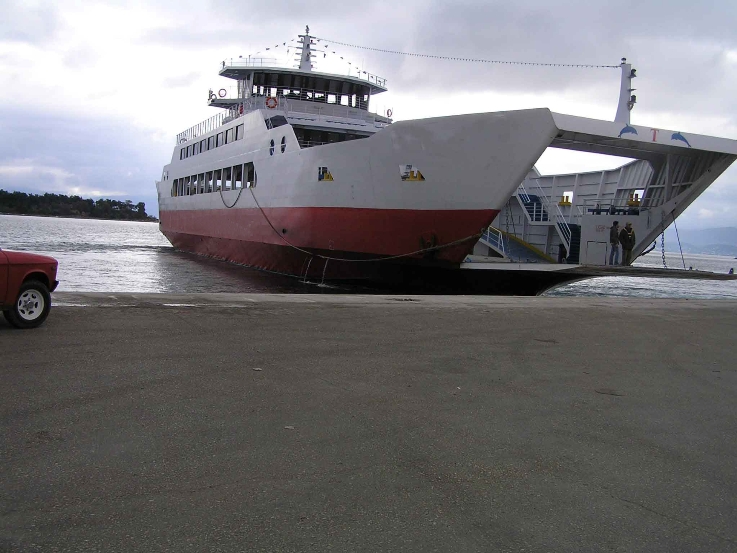The roll-on/ roll-off aka Ro-Ro ships are one the successful kinds operating today. These ships are extremely popular on many shipping routes, courtesy its flexibility and capability to integrate with other transport systems. Ro-Ro ships play a crucial role as a car/passenger ferry, especially on the short-sea routes.
However, despite its commercial success and enormous popularity, there have been a few fatal accidents involving several Ro-Ro ships. To put an end to these unfortunate occurrences IMO has deployed a set of amendments on Ro-Ro ships. These amendments keep eyes on the safety of Ro-RO ships in order to stop re-occurrences of such mishaps. These are as follows-

The Development of Ro-Ro
The concept of the modern ro-ro ship has been borrowed from the steam train that was invented around 100 years back. Ships were built for taking trains across rivers that were too wide for bridges. The traditional ships were equipped with rails that allowed trains to move straight into the ships.
For people who are into export/import business, ro-ro ferry offers several advantages when compared with traditional ships. The ro-ro ship has appreciable speed. Lorries or cars can drive straight onto to a ro-ro ship at one port and come out at other port within a few minutes after the ship has been docked.
Ro-ro ships can be well integrated with other transport systems like containers. The transportation time is lesser than traditional ships. This way the efficiency of a shipper has increased.
ISM Code
IMO at its 16th assembly adopted the resolution called A.647 (16) in October 1989. The resolution offers guidelines on the conduction safe operations and preventing pollution on ships.
The aim of these guidelines was to offer those responsible for the operation of ships with a framework for proper implementation, development and analysis of safety and pollution prevention management as per good practice.
The objective of the 16th assembly was for ensuring safety, preventing human injury, loss of life and avoiding damage to the environment. The guidelines were based on general objectives and principles for promoting the evolution of sound management and operation practices within the industry as a whole.
The guidelines figured out the importance of existing international instruments as crucial mediums to prevent pollution and maritime casualties. The guidelines include sections safety and environmental policy.
SOLAS Conference
The SOLAS conference took place in November 1995 where a series of amendments took place regarding safety norms for ro-ro ships. The conference was organized following the mishap of a ro-ro ferry Estonia.
The important changes related to the stability of the ro-ro ship were made in Chapter II-1. The SOLAS 90 damage stability standard was applied to ships that were built in 1990. The stability standard was implemented to existing ships as per the agreed phase-in programme.
The conference also adopted a new regulation called 8-2. This regulation comprises of special requirements for ro-ro ships that carry more than 400 passengers. The regulation is intended to phase out ships that have one compartment standard.
These are some of the safety norms for ro-ro ferries. When ships operate, the concerned navigation department has to keep a copy of ISM code on board.

